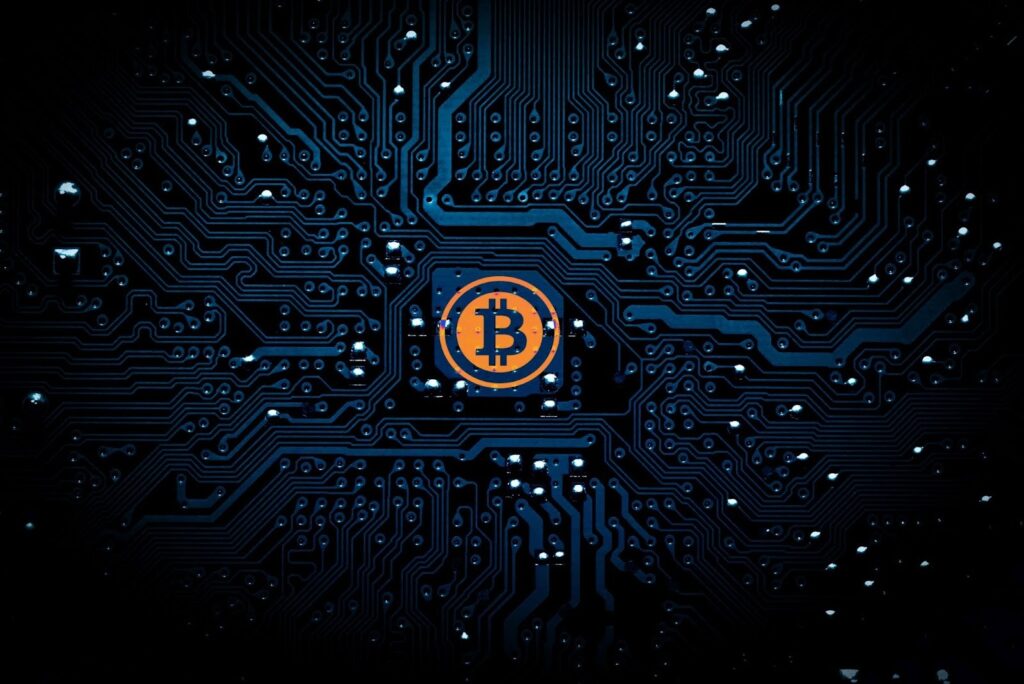
Bitcoin BTC Cryptocurrency – Free Stock Image
Bitcoin transactions reached nearly 500,000 daily in 2024. Meanwhile, there were over 1,9 million Ethereum transactions on a record-breaking day in January, 2024. These are two of the leading cryptocurrencies driving the most on-chain payments, and retailers are starting to notice. Bitcoin among other cryptocurrencies has started functioning like real money, with payment processors and retailers returning it to the checkout.
The checkout shift has been in the works for years, as various successful integrations have proven how much users want to be able to spend crypto anywhere. Crypto-linked debit cards, Bitcoin ATMs, and Lightning-enabled vending machines hinted at what was to come. Users can easily pay for software, buy coffee, or play online games using crypto. For example, no verification casinos have used blockchain tech to enable greater privacy and anonymity, letting users sign-up through their wallets without sending verification documents.
Users didn’t have to wait for endless registration processes. Instead, they could play slots, blackjack, roulette, baccarat, or other popular games in seconds while enjoying super-fast payout options that came with various tokens. Crypto has become an everyday currency users spend on various platforms, which is largely responsible for the inspiration of bringing them to regular commerce.
Retail rails could see between $1.7 and $2.5 million on-chain payments daily, which is a modest share of the worldwide transaction volume if you consider that Bitcoin has already moved over $19 trillion. However, it represents a new type of growth. Every payment will settle directly on the Bitcoin network without banks or other third-party intermediaries. Retailers love the idea because it reduces the transaction fees and risk of fraud.
Bitcoin’s Lightning Network makes it possible, handling millions of microtransactions every month through integrations with Cash App, Strike, and OpenNode. Retailers accept payments immediately while the settlements complete on the chain later, offering speed and finality that makes it more practical for commerce. For the first time ever, developers and retailers will use the same rails thanks to innovative collaborations like the One Pay partnership between Zero Hash and Walmart.
Smaller merchants have long adopted similar models across North America and Europe using the BTCPay Server, CoinCorner, and BitPay retail solutions. For years, crypto payments were processed off the chain through custodial wallets, but the return to on-chain settlements marks a great revolution. Transactions that weren’t truly Bitcoin transfers off the chain can now return to being 100% BTC. Retail rails will restore the direct and peer-to-peer settlement that made Bitcoin hit the ground running in 2009.
The idea appeals to users who want to hold their own keys and transact around third parties. It also means reduced exposure to frozen funds and chargeback risks for retailers. Many large-scale commerce platforms like Shopify have integrated Bitcoin processors to allow their smaller retailers to simplify how they accept the cryptocurrency during the checkout process. Customers pay directly from wallets while merchants receive the funds instantly, whether as Bitcoin or converted to local currencies. Settlements are cleared in minutes.
User-facing wallets are also maturing. Apps like Phoenix, Wallet of Soshi, and Breez simplify Lightning payments to mimic QR code scans. Modern users spend their Bitcoin without thinking about the underlying technology. It becomes a similar system to Apple Pay for retailers, but it also removes the intermediaries and settlement delays. Some digital marketplaces take it further by allowing their content creators to accept Bitcoin for sales, creating a traceable, global, and fast payment cycle.
Retailers also consider various ways to integrate payment types into their apps, but interest is certainly growing fast around Bitcoin. The commerce industry looks at how developers experiment with microtransactions for in-game purchases and streaming services. Blockchain games allow players to earn and spend their Bitcoin within the game, creating an entire gaming economy that exists purely on the chain. Retailers are implementing the same rails for stores and online shops, creating a unified payment system.
Bitcoin’s math works, which attracts more retailers. Transaction fees were once unpredictable, but they are much easier to manage now because of payment channels and batching. Smaller transactions will move through the Lightning Network to settle quicker when the network becomes busy, maintaining more stable costs. Retailers can choose when and how to move the funds instead of waiting for card settlements and paying higher conversion fees. This flexibility creates opportunities for better margins and fund deliveries in cross-border commerce.
Synchrony even plans to integrate crypto capabilities in Walmart’s One Pay app, which can later be used if the features are activated. The new Walmart cards will then have a native wallet users can access. Steak & Shake is another American brand that rolled out the Lightning Network’s capabilities to welcome crypto users who want to pay using Bitcoin. Retailers are simply wondering whether the on-chain checkouts can preserve unit economics, reconcile back office systems, and reduce payment process friction.
While developers build tools to make these systems easier to deploy, some open-serve plugins from BTCPay Servers will support platforms like Magento and Woocommerce. These plugins will handle invoicing and lock exchange rates. Meanwhile, bigger retailers like Walmart have the opportunity to activate those added features within their app. Zero Hash already secured approval to offer custody, trading, and transfers for the retail giant should they turn the settings on.
Analytics platforms have already shown where and when Bitcoin payments occur, and the data is promising as retailers can enjoy more repeat customers and deliver much faster settlements with lower fees. Meanwhile, consumers respond well to the control they regain using on-chain payments. Bitcoin transactions are transparent, final, and timestamped. They don’t need to wait hours for banks or worry about frozen accounts. This will be particularly useful for those in regions with poor payment infrastructure. Bitcoin checkouts will be the ultimate upgrade, not just for local checkouts but for global commerce.
